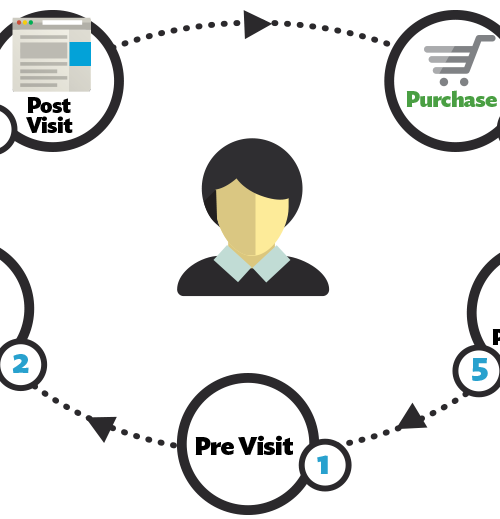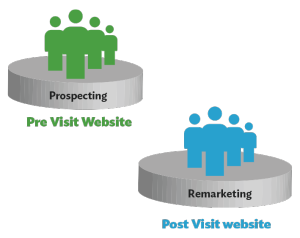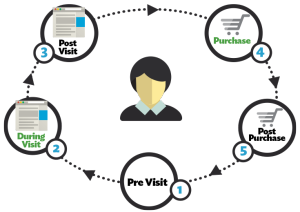The era of modern marketing focuses on data and analytics, giving us unprecedented insights into consumer habits, preferences and desires, yet so many marketers fail to examine the entire customer journey. Instead, campaigns are siloed into prospecting and remarketing strategies, sometimes even selecting different tech companies and/or agencies to handle these campaigns. The best approach is twofold:
- Streamlining your tech into an integrated stack
- Taking a holistic approach to the customer journey
Streamline Your Tech
First, you must get your tech in order. Unless you’re building your own tech, it’s important to find an enterprise solution that has everything you’ll need within its stack so that you automate the process. This will not only allow you to be more efficient, but will also greatly improve overall performance.
According to a VB Insight report, 43% of marketers say that marketing automation enables them to touch at least half of the customer journey, while nearly one third of respondents say it is over 70 percent.
The typical strategy today consists of using different tech providers for mobile, display, video, Facebook and native. Because they are each more specialized in their respective area, it’s expected that a greater overall campaign uplift will occur.
However, dealing so many technologies becomes very labor intensive, decreasing efficiency and all but assures discrepancies will occur. Any gain in performance would fail in comparison to the headaches that are created; optimization becomes especially arduous. For example, frequency capping and managing recency is nearly impossible, while click and conversion probability calculations will almost certainly be skewed.
When working with different companies/tech on the same campaign(s) the adjustments and tweaks will always be reactive with a big delay as there will need to be human intervention to make adjustments and contact the different companies.
Using one system to cover all your media spend (not all transactions need to actually be initiated by the system) will give direct control on: spend, conversion attribution, frequency, recency, messaging and enable real-time optimization based on historical data.
Also when considering your tech, don’t forget about your creatives or simply consider them as an afterthought. Your tech and your creative must be integrated just as everything else in your system.
Take a Holistic Approach to CLV
Once you have the right tech stack integrated, you must incorporate the right strategy. It’s best to take a holistic approach that focus on the entire customer journey, which includes pre-sale, point of purchase and post-sale actions. This allows you to communicate with consumers through all touching points and focus on customer lifetime value as opposed to only sending disconnected communication pre and post visit and focusing on clicks and one time conversions.
The traditional strategy and the integrated strategy are illustrated above. Instead of having a website-centric approach, a consumer-centric approach must be taken. By putting the consumer at the core of your marketing philosophy, a number of additional opportunities can be unlocked.
First and foremost, an integrated, custom brand-consumer communication channel is opened up that allows for you to communicate with a consumer at all touching points. This means in addition to generate a purchase, you can create upsell opportunities, spur on repurchases and stay top of mind during moments of truth.
Secondly, this puts you in a position to create an omnichannel marketing mix, continuing the conversation on desktop and mobile and online and offline. For instance, 65% of consumers say retailers should provide customer support in stores for online purchases and 22% say online/offline store integration is a reason they chose a particular store.
Naghi Prasad, CEO of Deep Forest Media, writes, “With research also showing that 86% of global consumers use more than two channels to complete a purchase, mobile cannot be viewed in a vacuum. Today’s user journeys are multidevice and multichannel. Both desktop and mobile channels are valuable components of the customer journey that need to be addressed individually, yet as parts of a greater whole.”
A major part of taking a customer-centric approach is being where they are. That means every interaction with your brand is an opportunity to prompt an action or reinforce an ideal. By streamlining your tech architecture and taking a holistic, customer-centric strategy, you’ll position yourself for long-term success.








